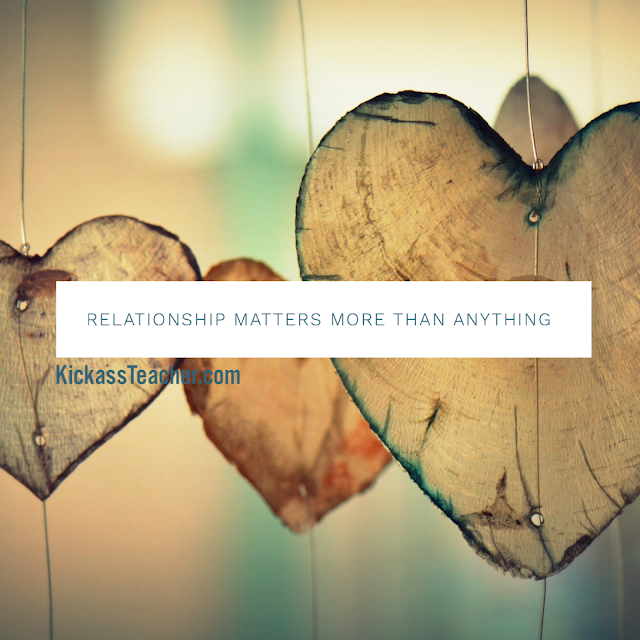Setting Healthy Email Boundaries
In a profession like teaching which requires empathy kindness and compassion, we need more than professional development. When we are overworked and overwhelmed, we don’t have emotional space to be our kindest and most compassionate self. We need the kind of personal development and self-care support that helps show up as the kind and patient educators, parents, co-workers our community and loved ones need.
In my 20 years of teaching and now life coaching for educators, I have discovered 3 keys to overcoming work overload; boundaries, habits, and relationships. Today I want to discuss one particular area that many teachers don’t realize will save their weekends; email. We have more and more balls thrown at us to juggle and our reflex is to catch them. One source of a never ending bombardment of balls and things to add to our plate comes from electronic communication like email, text, and the apps we use to keep in touch.
“When Thierry Breton, CEO of Atos, estimated that a mere 10% of his workers' emails were actually useful and productive, he instituted a zero-email policy for its 74,000+ team and improved productivity immediately.”
READ THE ARTICLE
This is an invitation to set some firm boundaries with yourself and others around email and other electronic communication. I know that waiting for others to change their behaviors based on my expectations doesn’t work. I’m the one who must change my own behavior and the people around me will learn and adjust to my boundaries. That means I am the one who must respect my boundaries for them to work. Everyone else, whether they respect my boundaries or not, will learn them.
The first thing I can do to cut down on the barrage of emails is limit the access points through which all of these messages are coming through. This helps break the habit of constantly and unnecessarily checking in. I used to be on my computer and that little red flag would pop up notifying me I had a new email, or my phone would buzz with a text message, or my lock screen would show a long list of notification from slack, messenger, email, and texts! AAAAAHHHH!
I couldn’t escape because no matter what device I was using, the distracting notifications would not stop! So, I went through and turned off notifications for every single app on my phone, ipad, and computer. I snoozed all group texts. I set texts to only show the red tag notification but removed all banners. I set calls to silent except for my core group of people. This gave me more time to focus on my other work without distractions or being tempted to get into a conversation with someone about anything other than the task I wanted to accomplish. Squirrel…
The boundary I set is choosing a reasonable amount of time in the morning to spend on checking and reading through messages and another time slot at the end of the day. For example, I check messages first thing in the morning from 7:15-7:40 and what I get through is enough. I check emails again at the end of the day from 3:00-3:45. I triage them so I am getting to the most important ones first and leave others for the next day or even...
NEVER!!! WHAAAAAT!
That’s right, the “Delete” button is your friend. I let people know that if they don’t get to the point in the first two lines, I hit delete. Be generous with what you let go. Your weekends are worth more than your inbox!
Speaking of weekends...Another trick I use is the auto reply feature! This is the relationship part of email boundaries. I communicate clearly what my parameters are for this type of communication ahead of time and frequently. I use auto reply on Friday at 3:30pm until Monday at 7:30am. “I’m out of the office and will get back to you when I return Monday.” To support my colleagues, I send out an all staff email at the beginning of the year explaining when they can expect my responses to emails and invite them come to me in person if they need something midday. I remind them of this in person frequently and I know the boundary is clear and learned when I hear someone say, “Oh right, you don’t check email on the weekend.” If you have policies that require frequent responses to email, I invite you to share some of the research from the article quoted above with your administrators.
As we move our classrooms into our very homes and have students and their parents at the dinner table with us, setting these kinds of boundaries will be vital for us to have the time we need to rest and refuel. There is no curriculum or training that will impact our students the way a happy teacher will so keep those courageous boundaries firm and keep on smiling!
ADDITIONAL RESOURCE:
I heard this on NPR today (after already writing this) and wanted to give you an additional resource to bring into work to help you explain why you "won't be doing email anymore!" 😂 Enjoy!




Comments
Post a Comment